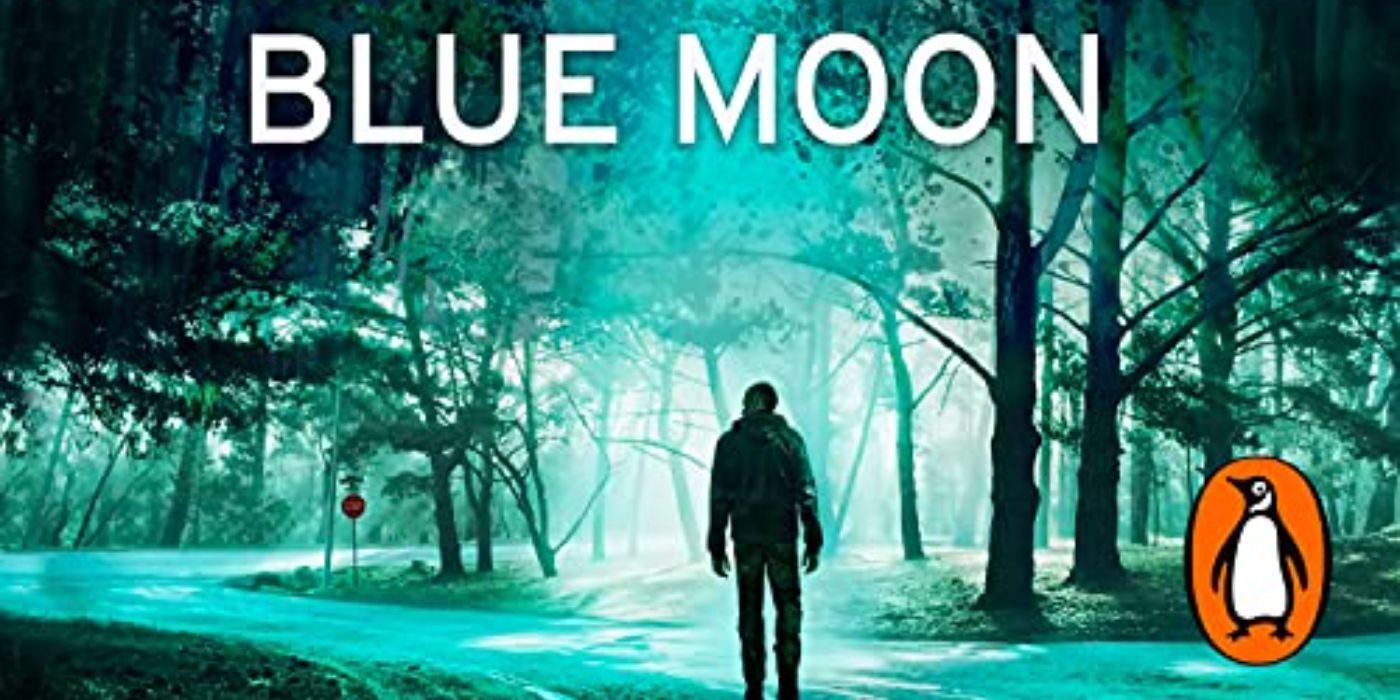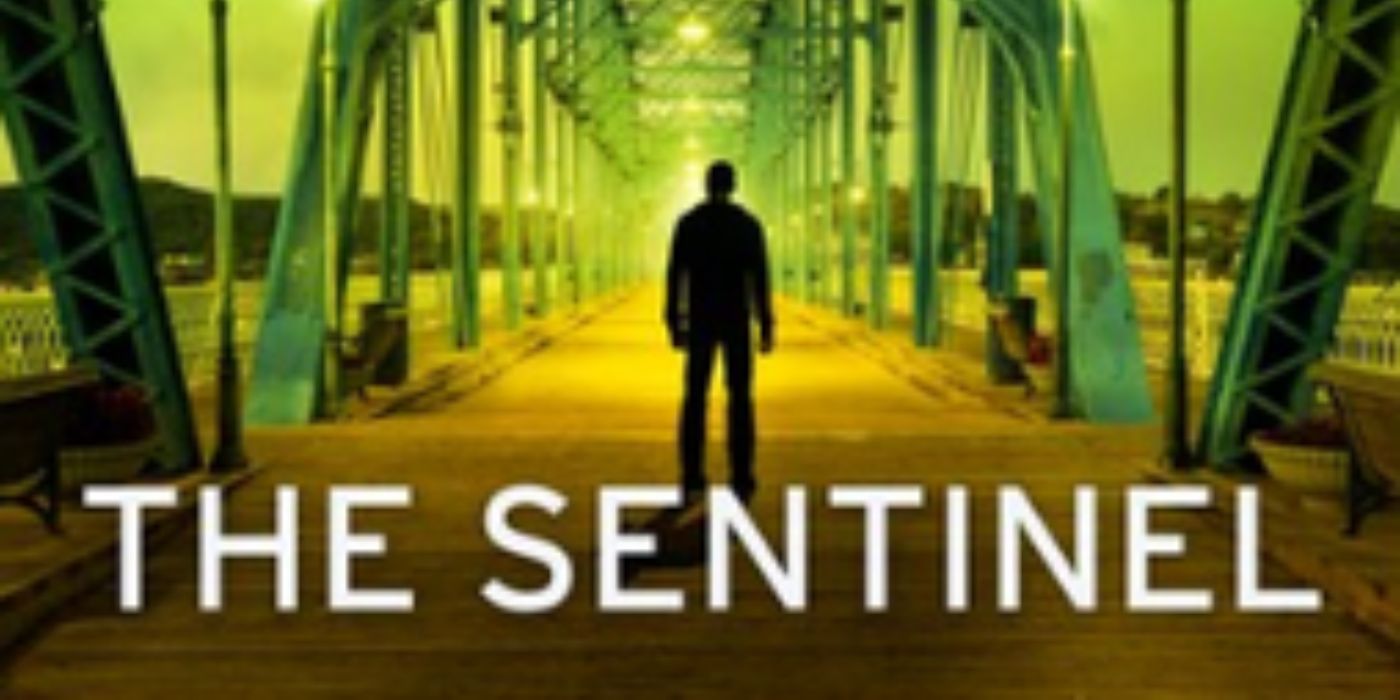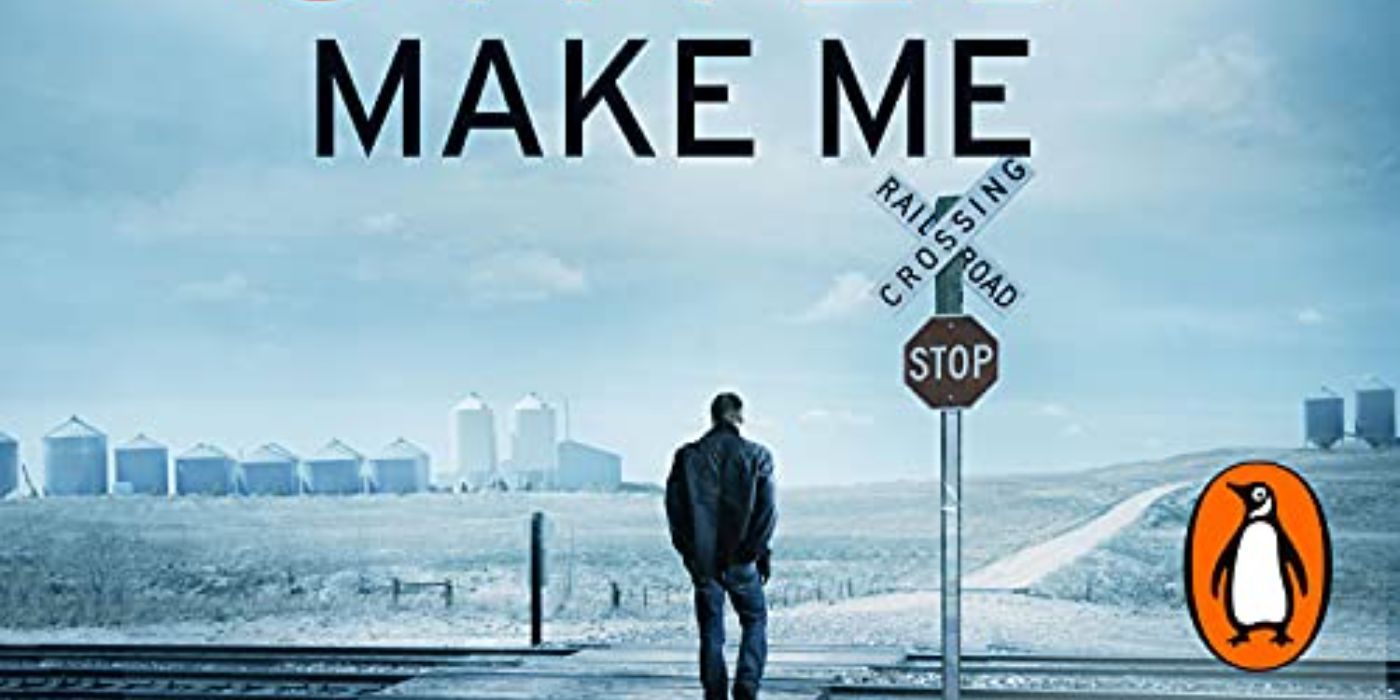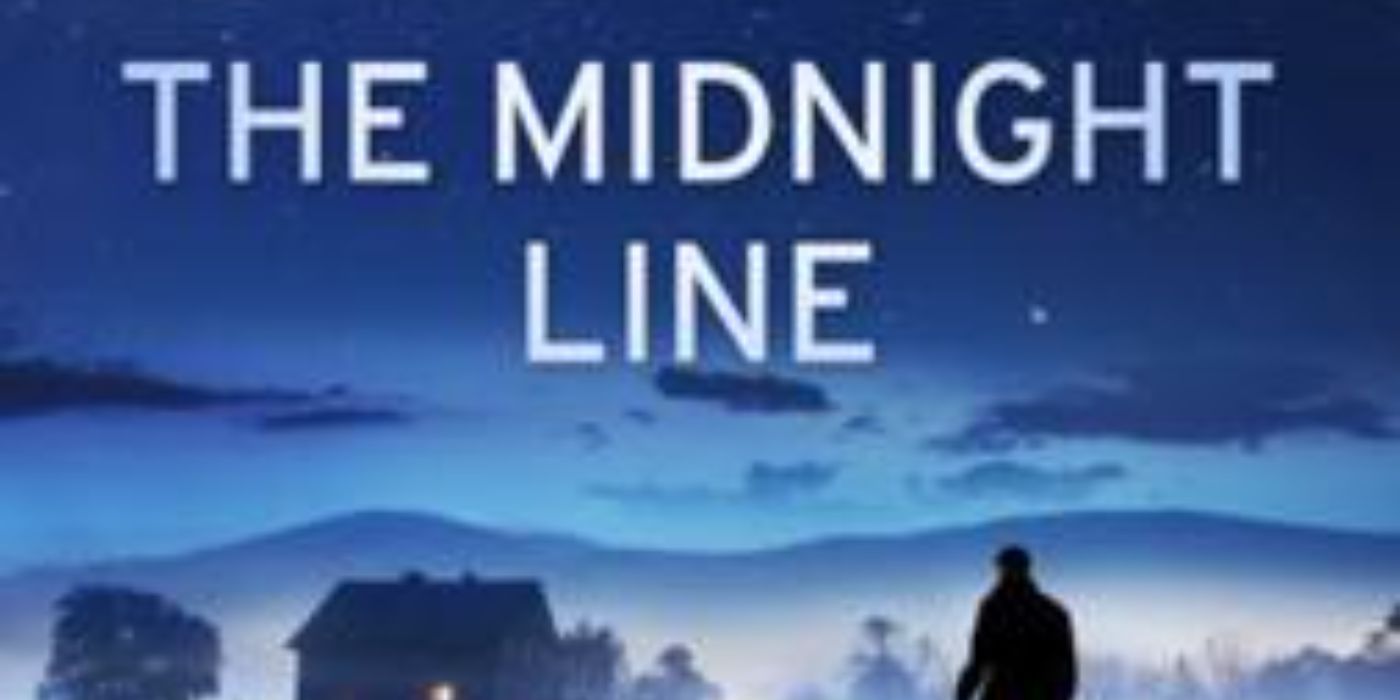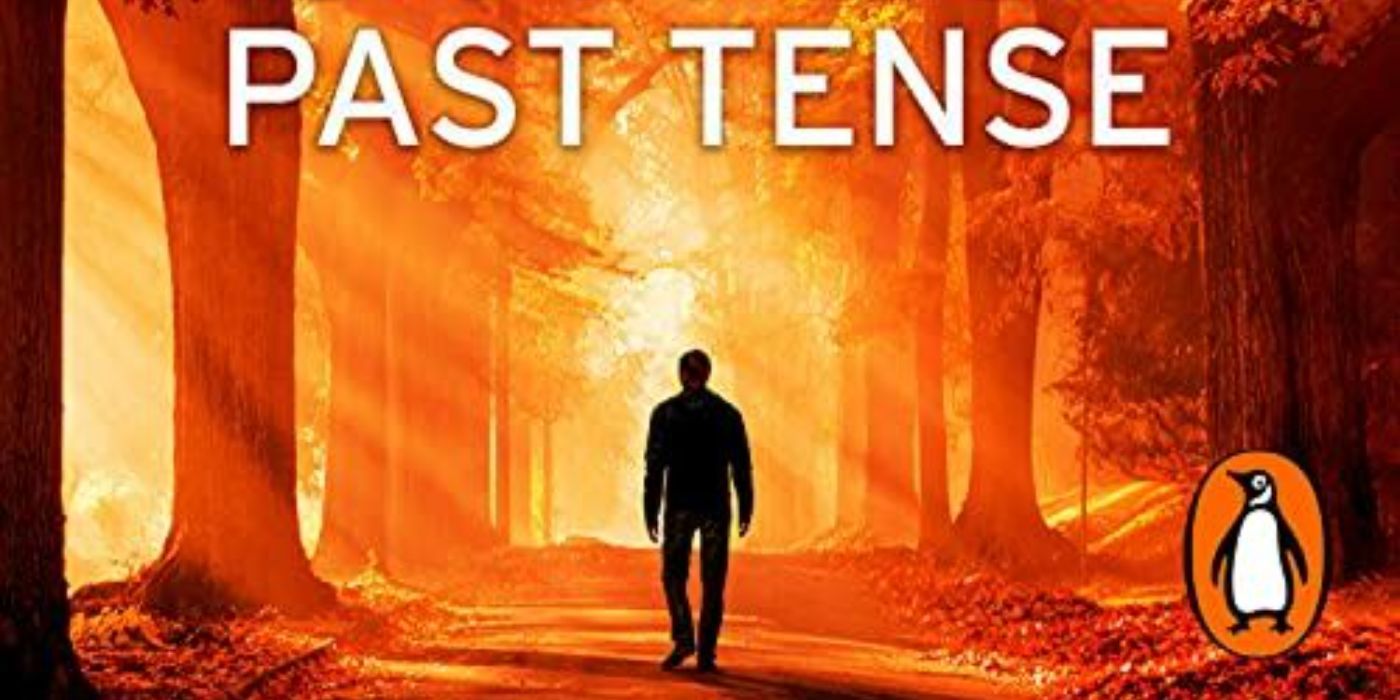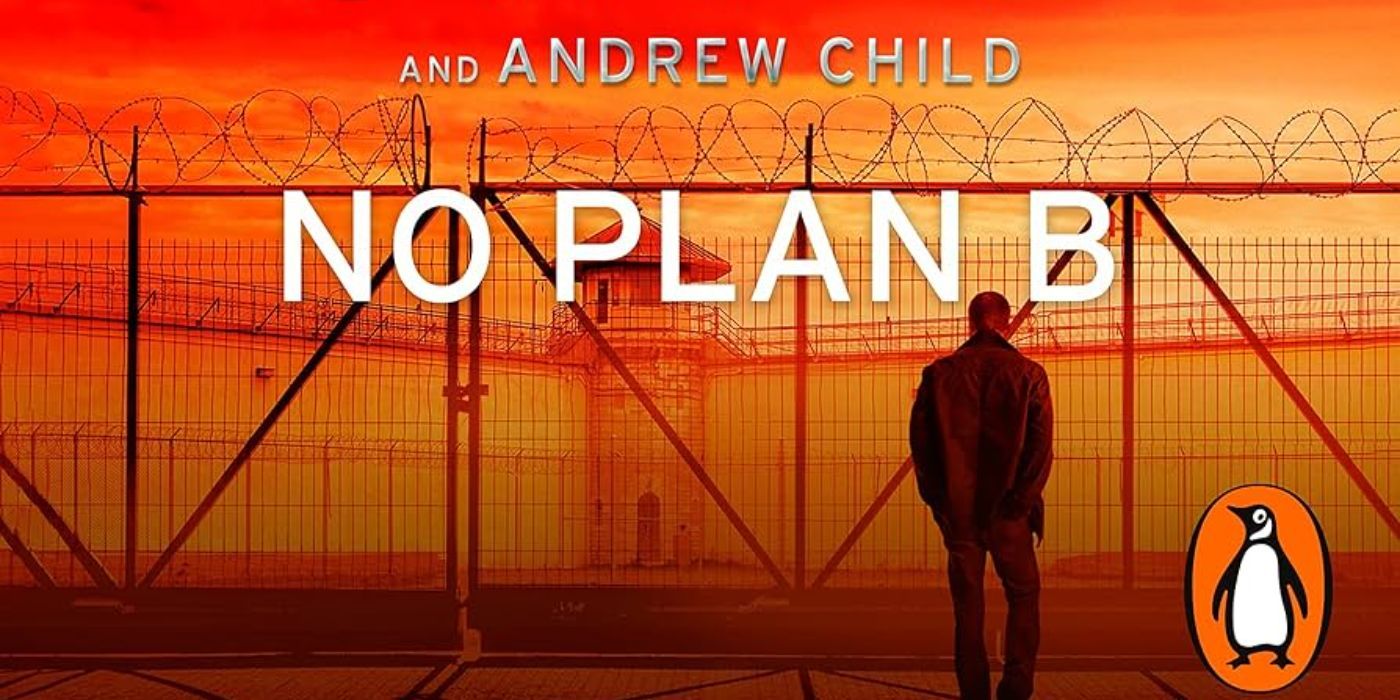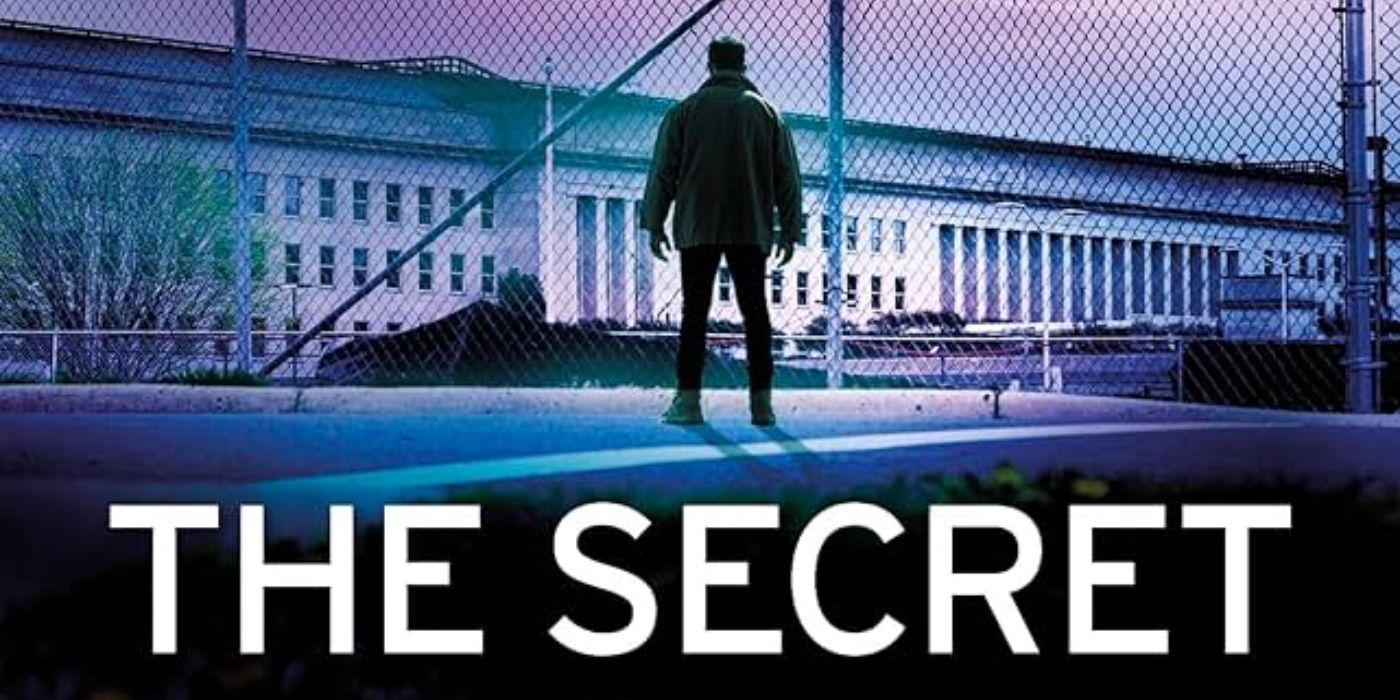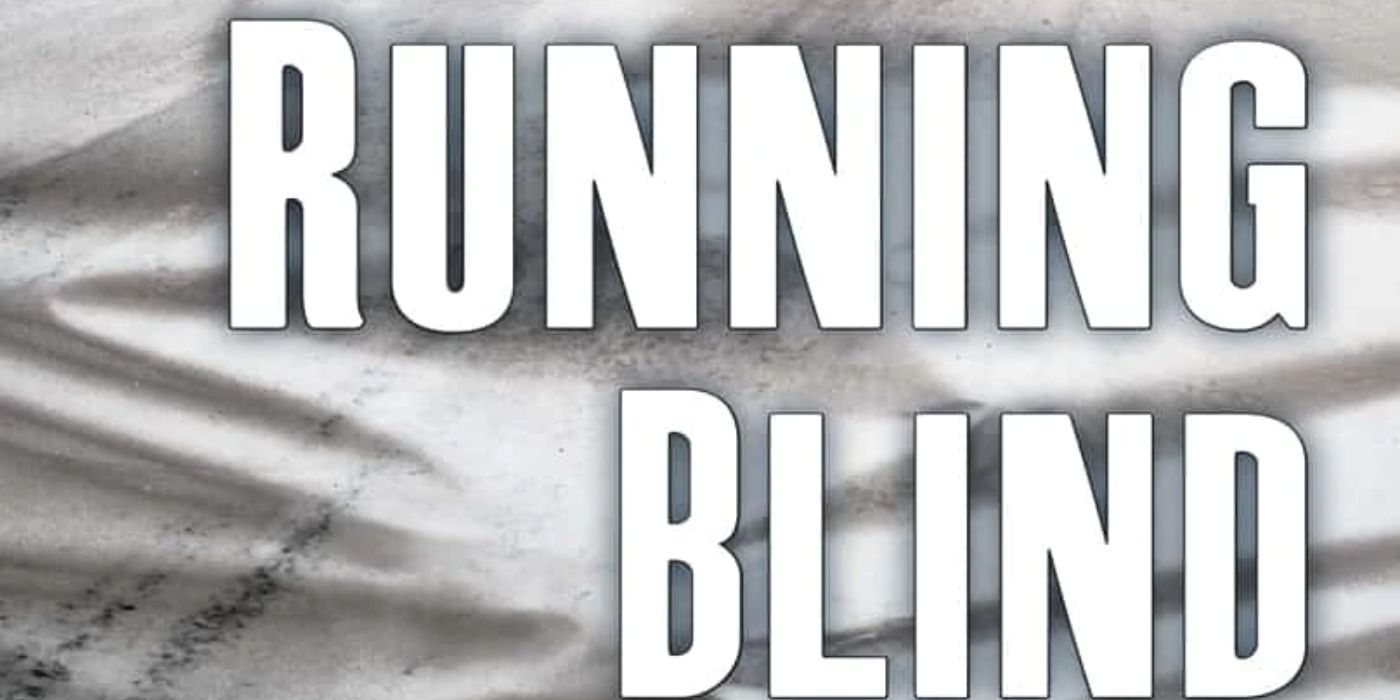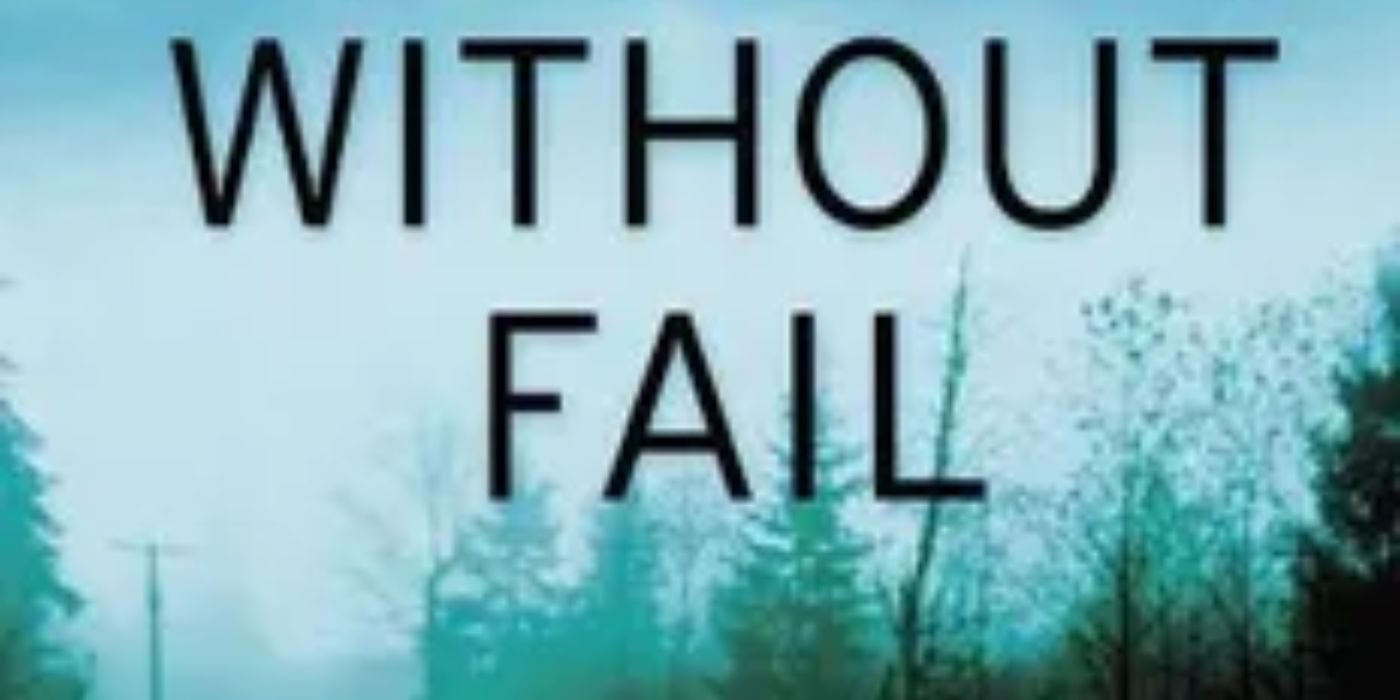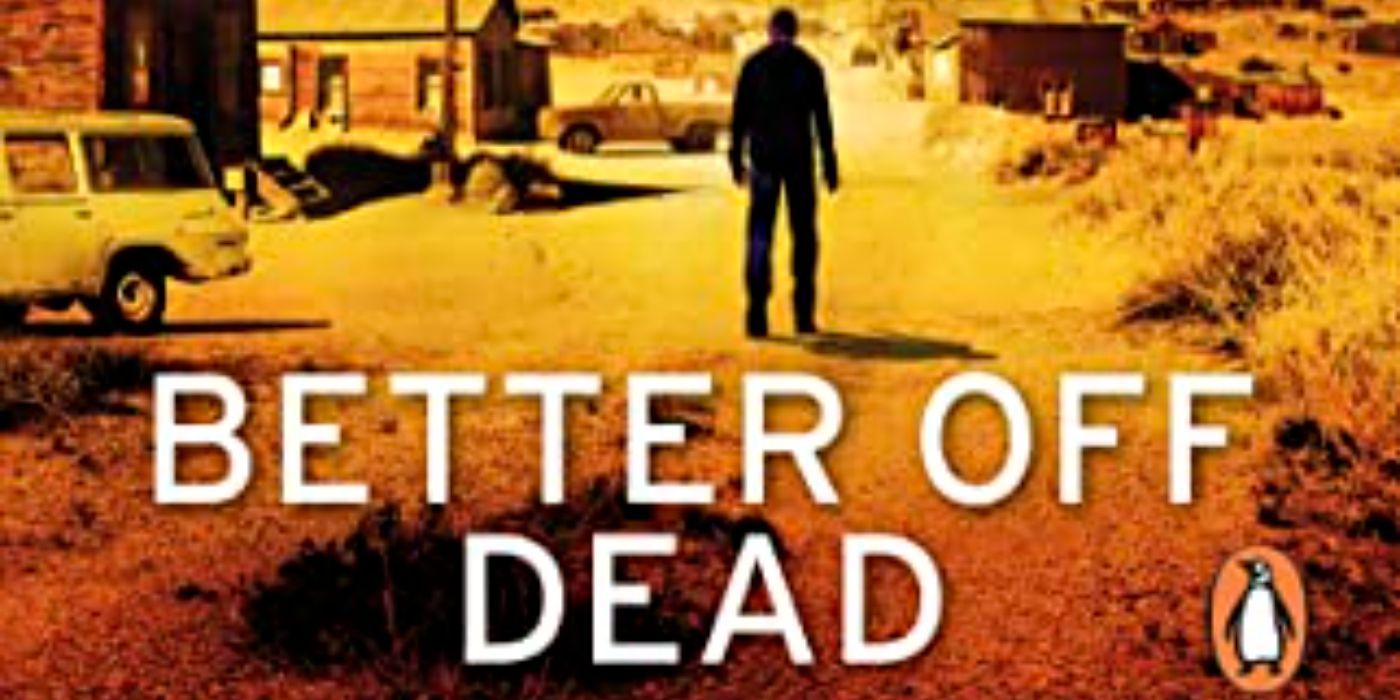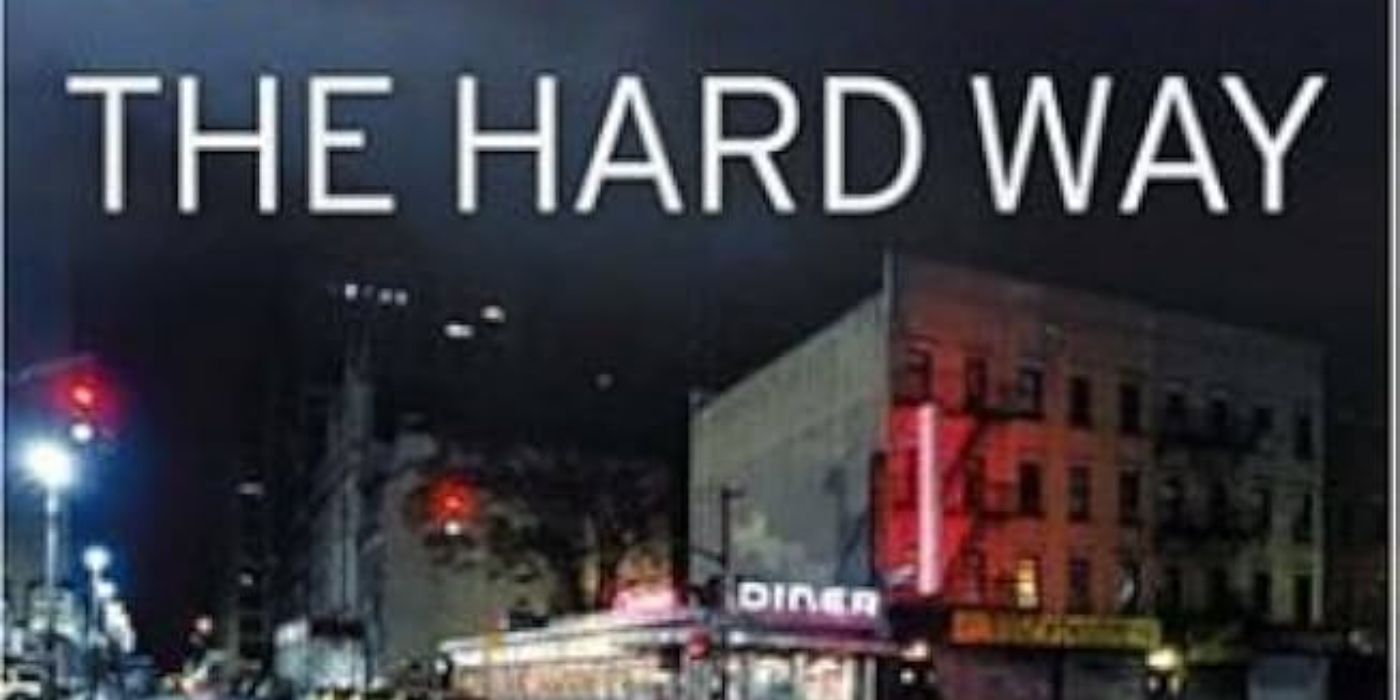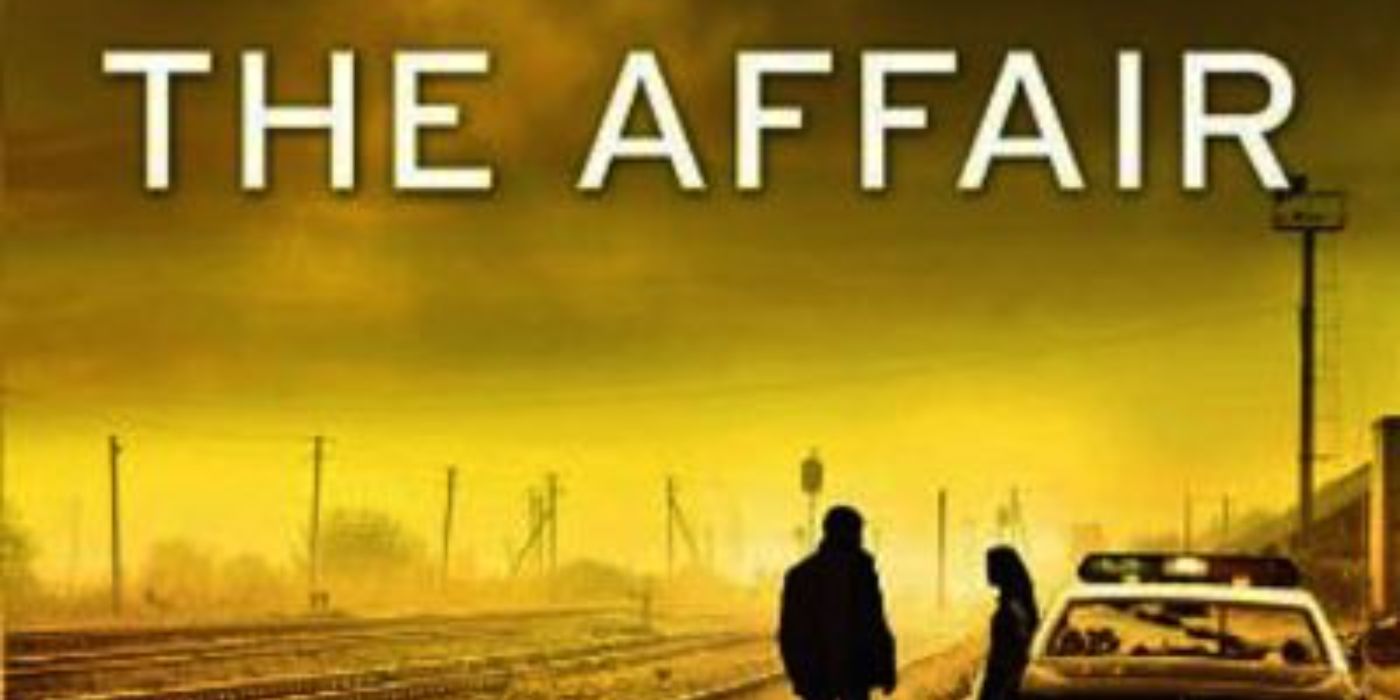Summary
- The hit Amazon Prime Video series takes its inspiration from Lee Child’s
Jack Reacher
novels. - All 28 novels chronicle the action-packed adventures of the military investigator turned drifter.
- Newcomers to Jack Reacher can take what the full canon offers.
Reacher expertly takes its inspiration from Lee Child’s Jack Reacher novels. For decades, all 28 novels chronicle the action-packed adventures of the military investigator turned drifter. Although not every book in the series is a masterpiece, it has consistently delivered incredible page-turners. Lee Child’s enduring character has transcended the page through movie and television adaptations, including a Tom Cruise film franchise and most recently the hit Amazon Prime Video Reacher starring Alan Ritchson. Movies lifted plot lines directly from printed chapters, further cementing the literary stories’ cinematic promise through the adaptation process itself.
Now with over 20 books chronicling his exploits, Reacher’s world provides extensive terrain for mining the taciturn veteran’s mysterious background and death-defying escapades going back to his military police days. For newcomers inspired by fiery explosions onscreen or devotees debating each book’s place among the intricate mythos, taking measure of the full canon offers guidance through exhilarating moments testing one man’s wits and will from small towns to the global stage. Whether these books are an introduction or an old favorite, gauging the most essential embodiment of Reacher’s blunt force justice provides a blueprint into the wandering character’s iconic appeal.
|
Jack Reacher Books In Chronological Order |
||
|---|---|---|
|
Number |
Title |
Release Year |
|
1 |
Killing Floor |
March 1997 |
|
2 |
Die Trying |
July 1998 |
|
3 |
Tripwire |
July 1999 |
|
4 |
Running Blind |
April 2000 |
|
5 |
Echo Burning |
April 2001 |
|
6 |
Without Fail |
April 2002 |
|
7 |
Persuader |
April 2003 |
|
8 |
The Enemy |
April 2004 |
|
9 |
One Shot |
April 2005 |
|
10 |
The Hard Way |
May 2006 |
|
11 |
Bad Luck and Trouble |
April 2007 |
|
12 |
Nothing to Lose |
March 2008 |
|
13 |
Gone Tomorrow |
April 2009 |
|
14 |
61 Hours |
March 2010 |
|
15 |
Worth Dying For |
September 2010 |
|
16 |
The Affair |
September 2011 |
|
17 |
A Wanted Man |
September 2012 |
|
18 |
Never Go Back |
September 2013 |
|
19 |
Personal |
August 2014 |
|
20 |
Make Me |
September 2015 |
|
21 |
Night School |
November 2016 |
|
22 |
The Midnight Line |
November 2017 |
|
23 |
Past Tense |
November 2018 |
|
24 |
Blue Moon |
October 2019 |
|
25 |
The Sentinel |
October 2020 |
|
26 |
Better off Dead |
October 2021 |
|
27 |
No Plan B |
October 2022 |
|
28 |
The Secret |
October 2023 |
Related
Reacher Season 3: Cast, Story & Everything We Know
Prime Video’s Reacher is coming back for a third season, and there are already a ton of exciting updates about the upcoming episodes.
28 Blue Moon (2019)
A Convoluted And Gratuitous Installment
The 24th novel in the Jack Reacher series, Blue Moon, was released in 2019 and is widely considered to be the worst of the bunch. Unfortunately, the plot of Blue Moon involving Albanian and Ukrainian mobsters in a small town was more convoluted than previous installments. The action aligns with Reacher’s character, but the frequent violence and loss of life comes across as gratuitous.
Many critics felt that
Blue Moon
relied too much on recurring elements of Child’s series.
Reacher works through moral dilemmas as usual, but his white knight persona feels unrealistic. While still delivering on series staples, aspects of this entry didn’t fully captivate. The frequent deaths and do-goodery are hallmarks of the series, but in Blue Moon, they fail to compel. Many critics felt that Blue Moon relied too much on recurring elements of Child’s series, which — by the 24th entry — had more-or-less become tropes. Blue Moon was a Jack Reacher novel that tried to play it safe, but unfortunatley this just led to it feeling formulaic.
27 The Sentinel (2020)
An Uninteresting Story
Released during the Covid-19 pandemic in 2020, The Sentinel was the 25th Jack Reacher novel. While it was an improvement on 2019’s Blue Moon, it still failed to live up to earlier entries in the franchise as far as many readers and critics were concerned. The main flaw found in The Sentinel is the awkward writing, since Lee Child co-wrote this book with his brother Andrew (the pair are named James and Andrew Grant, though they write under the pseudonyms of Lee and Andrew Child).
The plot about criminals tampering with elections is too similar to real-life news, taking readers out of the fantasy elements.
The story doesn’t create interest like other Reacher books, making it less enjoyable. Also, the plot about criminals tampering with elections is too similar to real-life news, taking readers out of the fantasy elements. Those who know Reacher’s Rules well can see inconsistencies in the story. Due to the odd writing, unrealistic plot, and errors, this book ranks low in the series.
26 Nothing To Lose (2008)
Simplistic Writing
Released in 2008, Nothing To Lose is the 12th novel in the Jack Reacher series, and by far the worst one released in the 2000s — and many critics found that it was far too similar to the 1972 novel First Blood by David Morrell, upon which the first Rambo movie was based. Situated in the fictional twin towns of Hope and Despair, Colorado, the setting in this installment fails to fully pull the reader into the narrative. The recycling plant disguising the criminals’ questionable operation is written as too simplistic to be believable as a thoroughly guarded base of operations.
While the scale of the antagonists’ enterprise is acknowledged as vast, their thin disguise detracts from the story’s ability to immerse the reader in a world of high intrigue and high stakes. Where past books in the series have expertly combined setting, characters, and other elements, this addition misses the mark.
25 Make Me (2015)
The Partnership Between Jack Reacher And Michelle Chang Fails To Resonate
2015 saw the 20th novel in the Jack Reacher series — Make Me — and, sadly, the story failed to live up to how much an important milestone for the franchise reaching 20 books was. In Make Me, the relationship between Reacher and Change follows expected lines, with Reacher, typically morally upright, teaming up routinely with Chang, an ex-FBI agent. There is also a lackluster romantic subplot between the two characters. As a result, this part of the book is largely forgettable.
It would likely be difficult to recall specific details about this story.
While Child is far from a one-trick-pony as far as authors go, Make Me definitely left the impression that he’s stronger when writing tense action than he is at writing romance. Despite the extensive book, it would likely be difficult to recall specific details about this story. This underscores the narrative’s overall lack of impact, especially when contrasted with more compelling installments like Night School. The unremarkable nature of Reacher’s time with Chang contributes heavily to Make Me‘s weak attempt at engagement.
24 The Midnight Line (2017)
Interesting Characters, But It Ultimately Falls Short
The 22nd Jack Reacher novel was 2017’s The Midnight Line, and in this story Reacher finds himself caught in an investigation into an illegal opioid trade in the American Midwest. In The Midnight Line, the story falls short, as Lee Child’s attempt to experiment with a different approach ultimately doesn’t pay off. It attempted to incorporate aspects of real-life critiques of pharameceutical companies, which many readers and critics felt didn’t quite work.
While sharing a similar feeling to Nothing to Lose, this book distinguishes itself with the introduction of the character Rose, who is acknowledged as a positive aspect. However, the deviation from the traditional Reacher narrative seems to be the book’s downfall, as the experimentation with a new style fails to resonate. The effort to innovate doesn’t yield the anticipated results, impacting the overall quality and reception of the book in comparison to others in the series.
23 Past Tense (2018)
Unorthodox Storytelling Misses The Mark
2018’s Past Tense was the 23rd Jack Reacher novel. While it was a slight improvement on 2017’s The Midnight Line, it was also quite experimental as far as Child’s Jack Reacher books go — a decision that both helped and hindered it, but on the whole didn’t quite pay off as well as it could have. Despite having a somewhat dry tone and some notably creepy segments that are riveting to read, Past Tense faces criticism mainly due to its unorthodox creative direction.
The inclusion of a bonus backstory, a compelling woodland setting, and the presence of a group of human game-hunting antagonists elevates the book above some later works.
However, the installment manages to salvage its shortcomings through notable strengths. The inclusion of a bonus backstory, a compelling woodland setting, and the presence of a group of human game-hunting antagonists elevates the book above some later works. Additionally, the narrative benefits from Reacher’s adept close combat skills, showcased in suspenseful nighttime encounters, and the incorporation of well-executed Reacher point-of-view kills.
22 No Plan B (2022)
Not As Good As Earlier Novels
No Plan B, the 27th novel in the Jack Reacher series, was released in 2022. Much like 2019’s Blue Moon, No Plan B fell short of reader and critic expectations because it played things too safe, relying too much on what had made earlier novels successful without trying anything new (when it came to both the plot and the writing style).
No Plan B delivers what is expected: an action-packed and plot-driven Jack Reacher thriller. However, this installment falls short of recapturing the magic of earlier releases when the character first debuted. While still an objectively strong and fast-paced story, it lacks the spark that made readers fall for Child’s almost self-parodying style. For a subjective ranking system tapping into that nostalgia, No Plan B ranks lower than hoped, even though it objectively hits the Reacher marks.
21 A Wanted Man (2012)
A Necessary Story, But Unable To Stand On Its Own
2012’s A Wanted Man is the 17th Jack Reacher novel, and while it’s not one of the worst, it’s definitely not one of the best either. A Wanted Man delivers an energetic plot continuing the Nebraska storyline — picking up after the events of Worth Dying For following a slight muddying of the timeline in 2011’s The Affair — but is ultimately a low point in the series when the franchise is appraised as a whole.
Despite the high stakes involving a burnt corpse and threats reaching the highest levels, the story itself feels missable.
A Wanted Man starts strong, with Reacher decoding blinks from a kidnapping victim to uncover a conspiracy. Despite the high stakes involving a burnt corpse and threats reaching the highest levels, the story itself feels missable. While needed to transition Reacher out of Nebraska after previous installments, this sequel lacks the impact to truly grab readers. As a result, A Wanted Man comes across more as a bridge in the broader series rather than a story able to stand on its own.
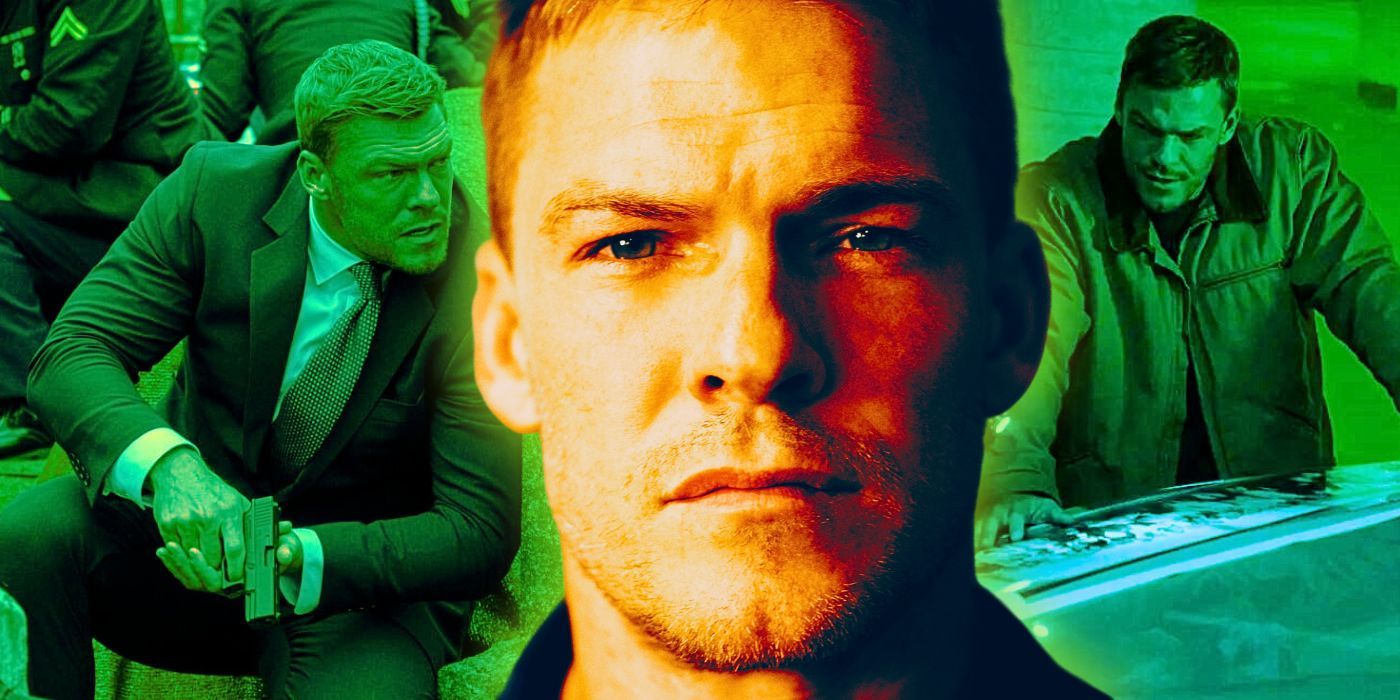
Related
10 Jack Reacher Book Traits That Alan Ritchson’s Reacher Has Nailed
It’s almost universally agreed upon that Alan Ritchson is the perfect Jack Reacher, especially since he nails some key Reacher traits from the books.
20 Personal (2014)
Fails To Fully Captivate Despite Delivering All The Expected Jack Reacher Thrills
The 19th novel in the Jack Reacher series, 2014’s Personal, is another example of an entry in the franchise that felt far too by-the-numbers to stand out, with Child falling back on the formula of his proven successes without breaching any new narrative ground. The plot of Personal hits the usual beats, with Reacher uncovering an assassination attempt in Paris tied to his past in the military.
However, the pieces feel too familiar, lacking the creativity to craft a truly standout story. The stakes feel more routine than past books, and the exploration of Reacher’s history covers well-worn ground. As a result, Personal comes across as too formulaic, with the series elements failing to combine into a narrative that hooks readers. It moves briskly without slowing down, but lacks the innovation and intrigue to rank among the most gripping installments.
19 The Secret (2023)
Enjoyable, But Not As Thrilling As It Could Be
The most recent Jack Reacher novel was 2023’s The Secret, which was the 28th in the series (the next, due later on in 2024, is set to be titled In Too Deep). The Secret offers intriguing insights into Reacher’s past while delivering on action, but characterization shortcomings weigh it down. The early 1990s setting proves fascinating, and the prose moves briskly between investigative phases. Descriptions of hand-to-hand combat also showcase Reacher’s physical prowess as expected.
While the spy craft details entertain,
The Secret
misses opportunities to resonate emotionally or use its prequel status to fully enrich Reacher’s enigmatic persona.
However, the narrative lacks cohesion, with an initial mystery abandoned abruptly. More disappointingly, the young Reacher on display fails to reveal revelatory dimensions about what molded him into a wandering hero. While the spy craft details entertain, The Secret misses opportunities to resonate emotionally or use its prequel status to fully enrich Reacher’s enigmatic persona. It was an improvement on 2022’s No Plan B, at least, hopefully signalling that the franchise is back on an upwards trajectory.
18 Night School (2016)
A Disappointing Conclusion
2016 saw the arrival of the 21st Jack Reacher novel, and Night School was a marked improvement on 2015’s Make Me – though it still failed to live up to the best Jack Reacher books from earlier in the franchise.Night School delivers an intriguing premise, pairing Reacher with former colleague Frances Neagley against neo-Nazis transporting nuclear material.
The setup of Night School promises a classic thriller tracing back to Reacher’s military days. However, the conclusion ultimately disappoints. Just as events build toward an expected dramatic, high-stakes finale worthy of the nuclear threat, the story ends abruptly. The resolution feels rushed rather than truly earned after the groundwork has been laid. Still, it’s easy to appreciate the chance to see more of his past with Neagley, even if the ending fails to fully capitalize on a compelling narrative.
17 Running Blind (2000)
The Execution Leaves Some Of The Intrigue Unfulfilled
The 4th Jack Reacher novel arrived at the turn of the millenium in 2000, and after the success of the initial trilogy, Running Blind felt like Lee Child’s first miss when it came to Jack Reach stories. Running Blind offers an intriguing premise, with Reacher hunting a brilliant serial killer targeting his former cases. The elaborate military-connected setup creates an insider feel that creatively expands Reacher’s past.
Having Reacher working to uncover a serial killer makes for an interesting genre-blend
Having Reacher working to uncover a serial killer makes for an interesting genre-blend — mixing the core elements of the previous three Jack Reacher books with more traditional crime novels — which Running Blind pulls of reasonably well. However, outside the core mystery, there are moments where the book drags. The lack of action through lengthy stretches makes it less engaging as a thriller. Still, the serial killer’s inventive methods using camouflage paint and lack of any marks on victims prove memorably unsettling.
16 The Enemy (2004)
Lacks Excitement, But Serves A Key Narrative Purpose
The 8th Jack Reacher novel, 2004’s The Enemy, is one of the most interesting in the franchise, as it was the first that played around in the timeline. While The Enemy lacks excitement as a thriller, with minimal action or suspense, it serves a key narrative purpose as the first Jack Reacher novel chronologically. It was set in the late 1980s and early 1990s, which made for some interesting changes in itself, and having a younger Reacher as the protagonist meant Child could experiment with the character a great deal more than usual.
The prequel explores the factors leading to Reacher leaving the military, disillusioned by bureaucracy and eroding values. Important events take place that shape Reacher’s worldview and rootless future. While the plot itself underwhelms, The Enemy resonates in its character study of Reacher. It’s especially fascinating to see Reacher work while still serving in the military, as being pinned down by the codes and values he then had to follow during this period of his life influenced his decisions in ways that aren’t present later in the character’s timeline.
15 Echo Burning (2001)
A Classic Vigilante Premise
Echo Burning was the 5th novel in the Jack Reacher franchise, and was widely considered a return to form after 2000’s Running Blind. Echo Burning delivers a classic vigilante premise with Reacher playing ranch hand to investigate a woman’s claims of abuse. His fish-out-of-water Texan journey evokes film noir tones. However, familiar tropes like a damsel in distress and precocious child feel dated rather than fresh.
Reacher’s doubts around Carmen, the woman who reaches out to him for help, definitely make for some intriguing twists in the narrative.
The Western flair shows Reacher’s adaptability, but the story’s trajectory stays safely predictable. While the bar fight and confrontations with the woman’s menacing husband capture Child’s gritty style, the plot lacks the innovation to truly grab attention. While Echo Burning doesn’t rank as one of the worst Jack Reacher novels by a long stretch, it’s also nowhere near as memorable as the best of them — though Reacher’s doubts around Carmen, the woman who reaches out to him for help, definitely make for some intriguing twists in the narrative.
14 Without Fail (2002)
A High-Stakes, Briskly-Paced Reacher Novel
Following on from Echo Burning, the 6th Jack Reacher novel, 2002’s Without Fail, is still considered by many as one of the best in the franchise, especially when it comes to pacing and overall writing quality. Without Fail is a strong Reacher novel due to its intense cat-and-mouse thriller narrative. Reacher leverages his logical intellect, tactical skills, and thirst for vengeance to outmaneuver a threat to the Vice President.
The stakes are high throughout this briskly-paced plot involving political assassination and betrayal. Lee Child further expands Reacher’s backstory through the haunting presence of his late brother. The vivid writing makes classic scenes like the stakeout unfold cinematically in readers’ minds. Altogether, the emotional ties, high intrigue, and expertly crafted tension cement Without Fail as a prime example of Reacher’s compelling possibilities as a complex hero.
13 Never Go Back (2013)
Adrenaline-Fueled And Introspective
2013’s Never Go Back is the 18th Jack Reacher novel, and directly follows on from the narrative arc established in an earlier story, 2010’s 61 Hours.As one of the more gripping books in Lee Child’s series, Never Go Back thrives on reuniting Jack Reacher with the 110th MP unit he once called home. By colliding Reacher’s past and present, Child strikes an emotional chord while crafting a breakneck thriller.
This combination of character exploration and intense action made
Never Go Back
one of the most intense
Jack Reacher
novels to read.
The nonstop momentum of Never Go Back proves amplified with threats tied to Reacher’s own team. For those invested in the wandering protagonist, the deepened personal stakes interwoven with high conspiracy offer immense satisfaction. Child continues building out the Reacher legend, making the action heavier through ties to his roots now under attack. This combination of character exploration and intense action made Never Go Back one of the most intense Jack Reacher novels to read.
Jack Reacher: Never Go Back
(2015), the second movie in the Tom Cruise Jack Reacher franchise, is adapted from this book.
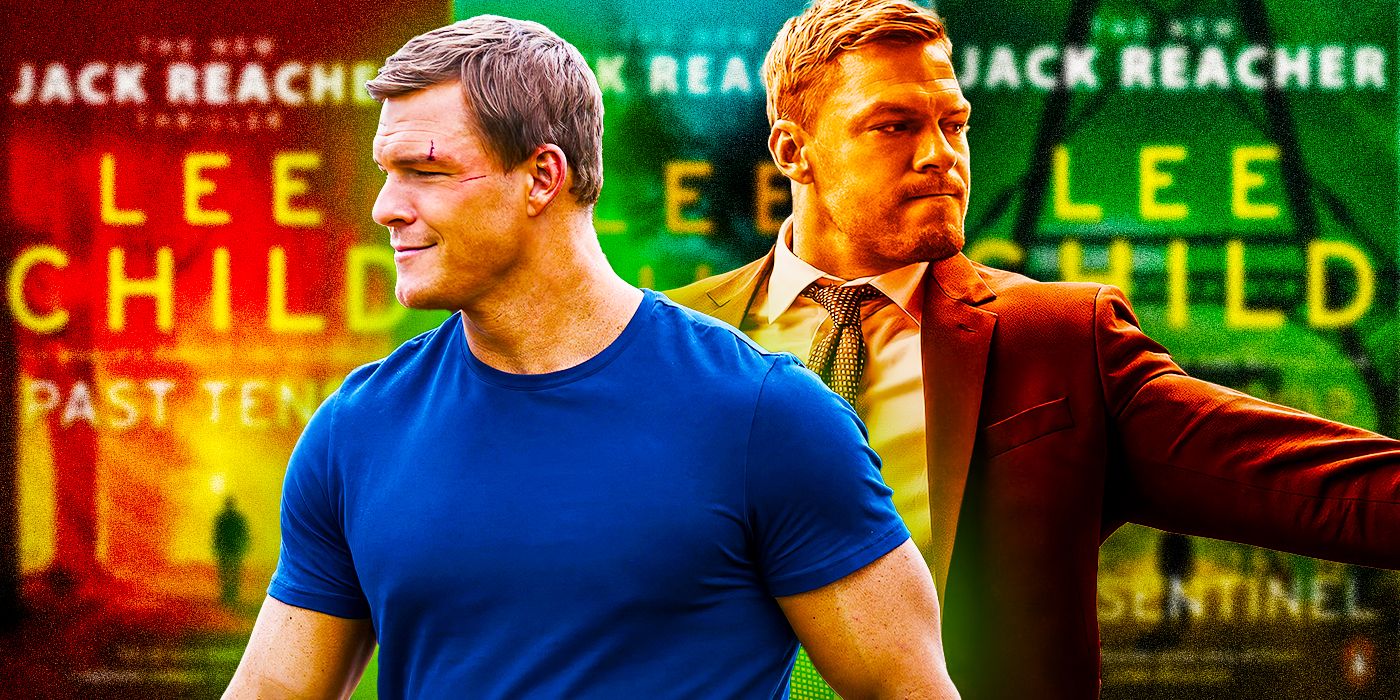
Related
10 Jack Reacher Book Moments We Want To See In Reacher Season 3
Based on Lee Child’s Persuader novel, Amazon Prime Video’s Reacher season 3 needs to include some key Jack Reacher book moments in order to succeed.
12 Better Off Dead (2021)
A Collaboration That Works Well
2021’s Better Off Dead is the 26th novel in the franchise. It takes place in San Francisco, and is also one of the few Jack Reacher books to be written in the 1st person (the first since 2014’s Personal).Better Off Dead captures Reacher doing what he does best: hunting bad guys with wit and grit. However, unlike some other entries where this feels formulaic or uninspired, Better Off Dead manages to capture the core of what made the franchise so successful when it debuted.
Co-written by Andrew Child, Lee Child’s brother, Better Off Dead nails the adventurous spirit that makes the wandering protagonist so magnetic. Creative scenarios like Reacher posing as his own corpse allow Child to flex his writing chops. While a tonal shift from Lee Child’s solo efforts, Better Off Dead ultimately retains the crucial ingredients of Reacher’s fierce charm and an electrifying setting, creating a satisfying thriller.
11 Die Trying (1998)
Reveals Interesting And Hidden Depths
1998’s Die Trying is the second Jack Reacher novel written by Lee Child, and it’s the book that proved to readers that its hero more more than a single-story protagonist, and had the depth and appeal to carry on many more stories beyond his debut. With an insight into what makes Reacher tick, Die Trying cements key components of the wandering protagonist’s appeal. This was especially noteworthy since the book was written in the 3rd person rather than from Reacher’s perspective, a style that would then continue throughout most of the Jack Reacher novels.
Child expertly amps up tension once Reacher becomes ensnared with separatist militants.
Though the opening stretches in confined spaces, Child expertly amps up tension once Reacher becomes ensnared with separatist militants. The antihero’s composure breaks under pressure, despite his gift for calculation and inventive ruthlessness. Frances Neagley also makes an interesting character with her haphephobia condition. While tighter pacing throughout would improve its ranking, Die Trying immerses readers in formative experiences that reveal Reacher’s hidden depths.
10 The Hard Way (2006)
A Compelling Read
The 10th Jack Reacher novel was The Hard Way, which was released in 2006, and the first in the franchise that saw Reacher travel outside the US. The Hard Way draws power from Reacher wandering the vivid chaos of New York before confronting threats abroad, travelling to rural England for an intense gun battle in — of all places — a farm in Norfolk. Child uses the setting not just for kinetic action, but to underscore the character’s contradictions.
His compassion and ruthless, calculating nature coexist with subtle melancholy. An atypical detective story structure packs an emotional punch as Reacher investigates an elusive foe. False leads and intense legwork make the eventual face-off with Lane’s private mercenary army cutthroat, as well as emotionally resonant. Keeping Reacher adaptable and injecting introspection between brutal showdowns deepens the protagonist, compelling readers to follow him wherever the road takes.
9 The Affair (2011)
Adds Intrigue To The Jack Reacher Mythos
The Affair arrived in 2010 and is the 16th Jack Reacher novel, and is yet another that was written in the 1st person. It’s also another entry that plays with the timeline, as it takes place six month before Killing Floor and is chronologically the fourth story in the franchise. The Affair sees the typically detached protagonist navigate graphic desire during his trip to Mississippi.
For those seeking more dimension from the stoic vigilante,
The Affair
delivers on learning what makes Reacher tick.
Raw intimacy fills gaps in formative experiences and relationships that humanize his persona beyond just brute force. While R-rated scenes in the book can feel controversial, the emotional insights resonate. This risky creative choice to elucidate Reacher’s backstory at a heated railroad crossing ultimately deepens the complexity around a character often defined more by cerebral calculation than fiery feeling. For those seeking more dimension from the stoic vigilante, The Affair delivers on learning what makes Reacher tick.



